“Simply put, this car-based crossover vehicle scores on looks, performance, fuel economy and value for money.”
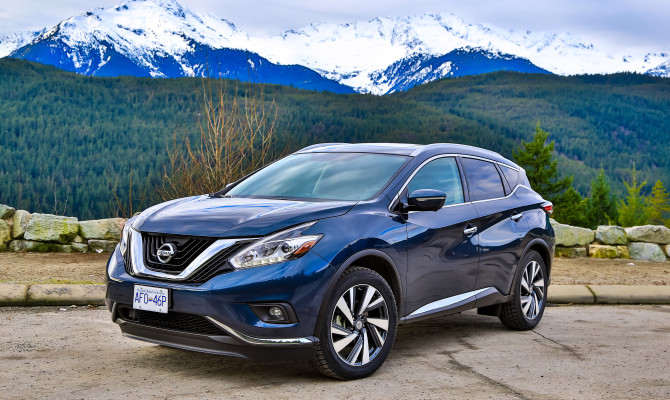
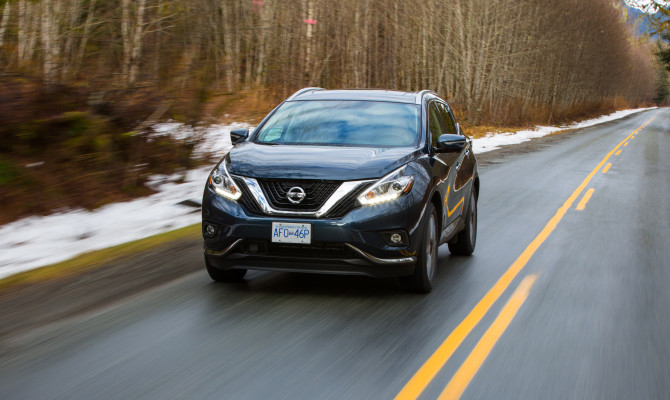
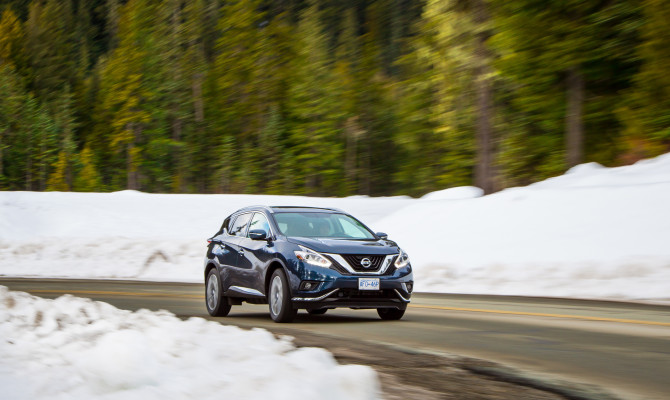
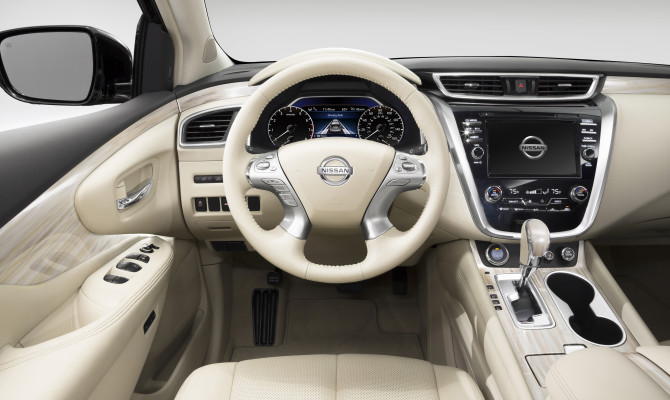
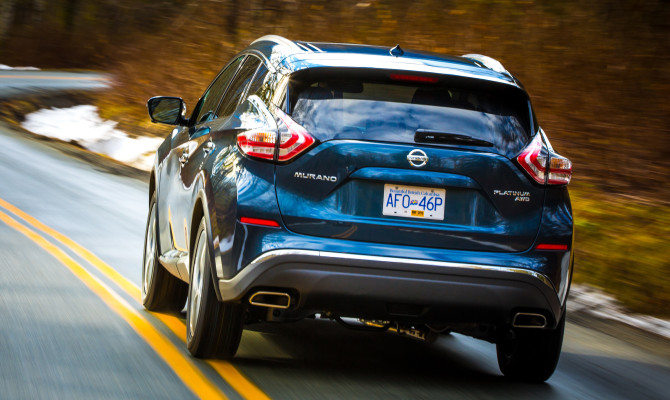
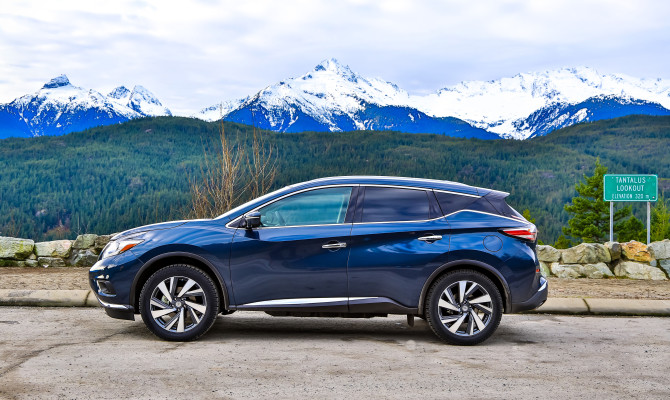
Nissan led the crossover charge with the introduction of the Murano almost 12 years ago but its imitators soon roared past it on the sales battleground.
First drives of each of this third-generation’s trims clearly indicate that this 2015 version is designed to rectify that state of affairs, even though this segment is far more competitive than it was a decade or so ago. Simply put, this car-based crossover vehicle scores on looks, performance, fuel economy and value for money.
The bulbous-rear of the first iteration of the Murano is long gone. The new vehicle is sleek with a low and sloping roofline. A huge V-shaped grille defines the front. Dare we say, sporty? –
Inside, five passengers will find comfort and room aplenty for human and inanimate cargo. Fold flat seats make add to its versatility.
The external good looks are matched inside but it’s the usability of the controls that make it a real beauty. The touch screen is almost as intuitive as your smart phone of choice.
The Murano S starts at just short of $30,000, which includes Bluetooth with streaming audio, keyless entry, dual-zone climate control and 18-inch wheels. That’s a lot of extras for what passes as standard fare in the in the Murano.
The top-of-the-line AWD Platinum version adds another $15 grand and includes a fabulous oversized sunroof, adaptive cruise control and a predictive forward-collision warning and braking system.
There are less pricey options between the base and top models. For instance, The $40,848 Murano SL AWD offers navigation, a Bose audio system, moonroof, 360-degree parking camera, heated steering wheel, heated leather front seats plus blind spot detection and rear cross traffic alert safety systems.
While the likes of its key rivals, the Ford Edge and Toyota Venza, offer a choice of four- and six-cylinder engines, Nissan is sticking with its trusty 3.5-litre, 260hp, V6 coupled with a continuously variable transmission with a manual shift option. It’s hard to fault the dogged determination to stick with the V6 because it performs well and the continuous tweaking has resulted in improved fuel economy.
If you were to attend any of the major manufacturer media launches, you would hear journo after journo complain about the audacity of carmakers who use CVT. In the old days, CVT deserved its poor reputation with power lags, high revving, uneven gearing and unedifying and unexpected lurches forward! The technology has evolved. And, the fact is the average consumer has no problem with it, liking the smoother transitions.
My first test route was in the Whistler area and showed off its hill climbing skills and the smoothness of the ‘dreaded’ CVT. It’s no gazelle but it is sure-footed and the CVT did not fail even when the driver behaved like a lead foot!
I found the ride to be smooth and highway passing no challenge. Cornering at sensible speeds keeps the vehicle firmly planted. It’s darn quiet too.
Then I spent a week tooling around the city putting it through its shopping paces. Parking on the street was a little challenging but I’ll put that down to impatient drivers behind, not prepared for the Murano’s wide swing needed to get into that tricky spot. On the supermarket lot, it glided into spaces forwards or backwards with ease.
It’s a fine long-distance vehicle but would serve well as a commuter where longer distances are the norm. I can see it being used in the suburbs but it’s a bit large for the centre of the city.
The Murano is not too thirsty for its size – 11.2/8.3 L/100 kms. That’s about two litres per 100 klicks better than its main rivals.
Contact the writer at keith [dot] morgan [at] drivewaybc [dot] ca
**********
Prices:
Murano S FWD, $29,998
Murano SV FWD, $33,698
Murano SV AWD $35,698
Murano SL AWD, $39,098
Murano Platinum AWD, $43,498.
Recent Comments
- { Enjoyed your Forest of Bowland in the BMW X5M, particularly the photo of the BMW in front of the main part of Stonyhurst College where... }
- { Bantam designed the Jeep, not Willy's or Ford. The American military gave the original Bantam prototype to Willys and Ford to copy. There is plenty... }
- { All Escalades come with a 6.2-lilter V8 engine that produces 420 horsepower. A six-speed automatic is the only transmission offered and drives the rear wheels.... }
- { Alexandra is an excellent journalist. }
Popular Posts
- Journey to a ‘Sparkling’ Luxury Okanagan Resort “Four lucky readers will put a Dodge Journey’s weekend-...
- The Need For Speed: Hike Those Highway Limits More than half of those polled believe the province sho...
- Drives-U-Crazy… Erratic drivers. An early morning drive from Kelowna to Vancouver is nor...
- Readers Respond: The Pros and Cons of Increasing B.C. Speed Limits Increasing the speed limits will only increase risk to...
- Honda CR-V Review: The Compact Crossover To Get Things Done The CRV is a very stylish and aerodynamic crossover veh...






